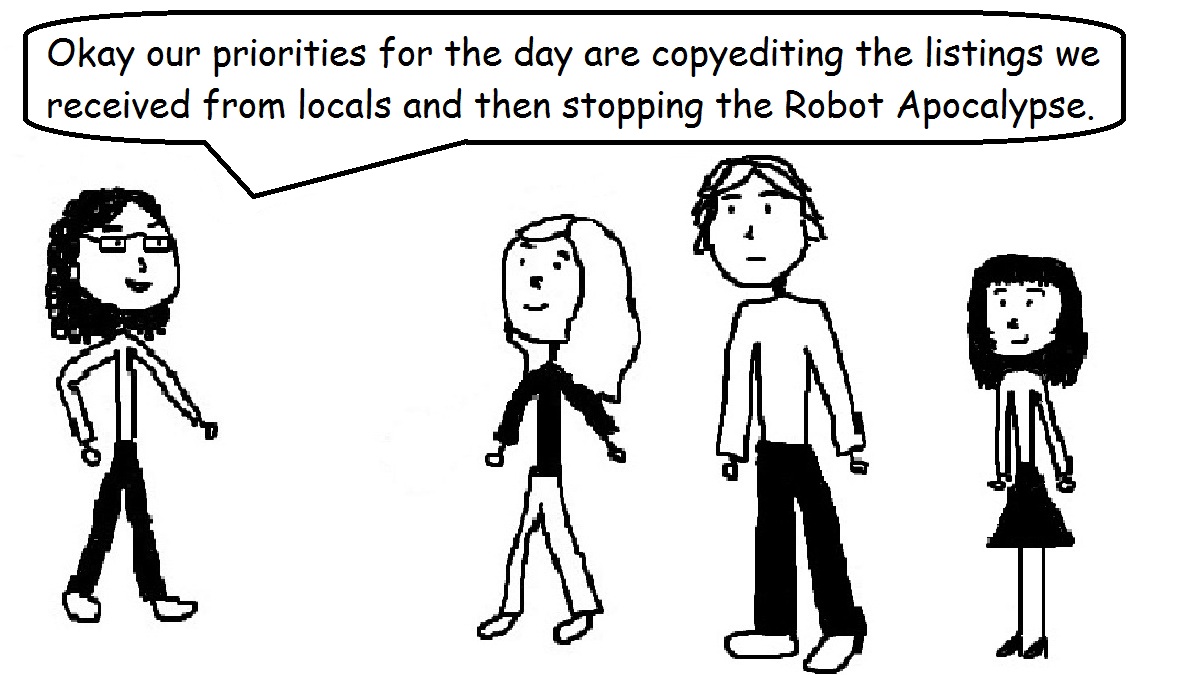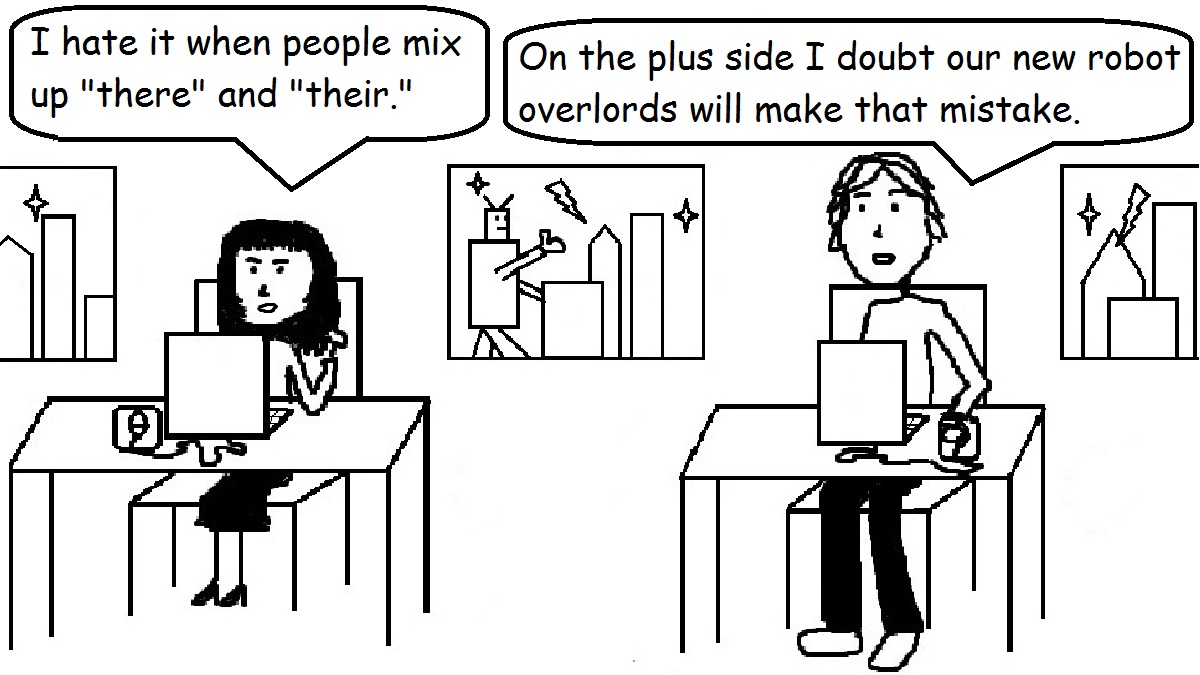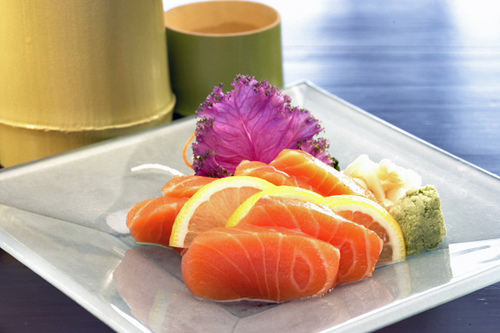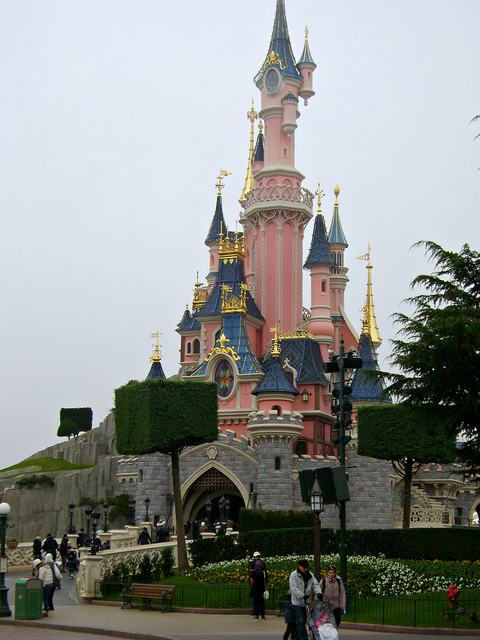The San Francisco Bay Area has been blessed with such a wealth of great hiking – it would be a shame to let the winter chill deter folks from getting out and enjoying the trails. The following day hikes are a selection that covers some of the most beautiful landscapes of the Bay Area, as well as the breathtaking, the inspiring and the unexpected. Bundle up and lace on your boots; they were made for walking, after all. A sad note – due to lack of funding, many of these parks have cut back on their services / opening hours – be sure to check their websites before you decide to visit.
1. Mount Diablo – Mitchell Canyon / Eagle Peak Loop (7.8 mi. / 12.5 km)
Level: Moderate to strenuous
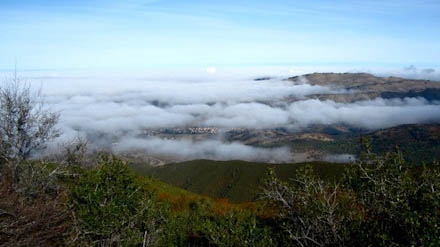
Just before the fog cleared. Photo by Korrena Bailie.
With a 2000-foot elevation gain, a mostly exposed trail and a variety of terrain, this Mount Diablo hike is wonderful to do in the cooler seasons. Spring time is particularly impressive, as the mountain is a-bloom with millions of gorgeous wildflowers. Start from the Mitchell Canyon Staging Area on the north side of the mountain – this hike offers stunning vistas of the Bay, including a peek-a-boo view of the Golden Gate Bridge, red rocky outcrops towards the summit, beautifully situated picnic tables and a host of birds, butterflies and flora, including manzanita and yerba santa. Being typically Bay Area, the views can be obscured by fog but this generally clears up by early afternoon. When I hiked there in November, I stumbled upon a cackling crowd of wild turkeys who’d obviously survived the Thanksgiving rush.
2. Point Reyes National Seashore – Tomales Point Trail (11.4 mi. / 18.3 km)
Level: Easy to moderate
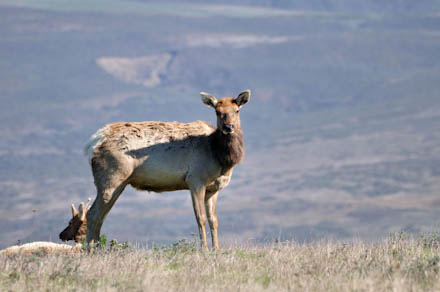
Photo by Don DeBold. CC BY 2.0
Don’t be put off by the length of this hike – very little elevation is gained or lost and it’s one of the most unique hiking experiences in the Bay Area. On the peninsula at Tomales Point is a herd of over 400 tule elk, a breed that was native to California. In 1978, the elk were released from a breeding program into the Tomales Point enclosure and they have thrived ever since. On this meandering hike, which gives outstanding views of the ocean, you can get up close and personal with the elk, who are largely unbothered by the presence of curious hikers. On the weekend, a park docent is stationed above a popular elk gathering point, armed with binoculars and a keenness to answer any questions you might have. This hike can get very foggy, which means that an elk may be much closer than you think (I jumped a mile when a male bugled only a couple of meters away from me) and the winds can get oppressively strong, so be sure to bring appropriate clothing. Continue reading →




